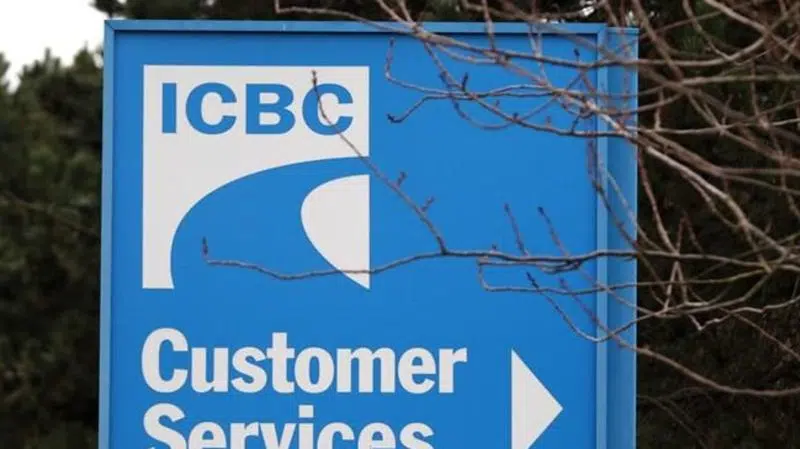
B.C. government to squeeze lawyers, legal costs out of public auto insurance
VANCOUVER — The British Columbia government is moving to curtail lawyers and legal costs in the public auto insurance system by severely limiting injured people’s ability to sue at-fault drivers or the auto insurer after a crash.
The government said Thursday that legislation will be introduced in the coming weeks that will lower premiums at the Insurance Corporation of B.C. by about 20 per cent, an average of $400 in savings per driver.
At the same time, maximum care and treatment benefits for anyone injured in a crash would increase from $300,000 to at least $7.5 million, and those benefits will be available to every B.C. driver without having to hire a lawyer, the government said.
Premier John Horgan said this is a “pivotal moment” for an auto insurer that has lost its way.


